
Ceres Image 2005/09/07(Release Date)
小惑星ケレスの表面画像 2005/09/07(公開日)
Hubble Space Telescope
HST

| Hubble Space Telescope(2900mm fl=5300mm) |
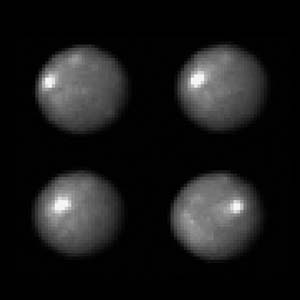
 2003/12/30 15:46(UT)
2003/12/30 15:46(UT)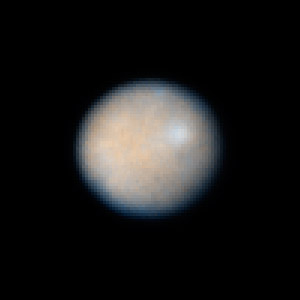 2003/12/30 16:21(UT)
2003/12/30 16:21(UT)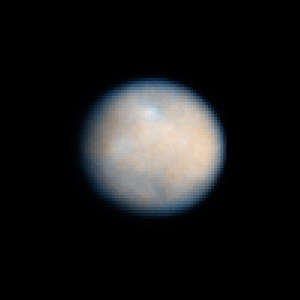 2004/01/23 23:40(UT)
2004/01/23 23:40(UT) 2004/01/24 00:15(UT)
2004/01/24 00:15(UT)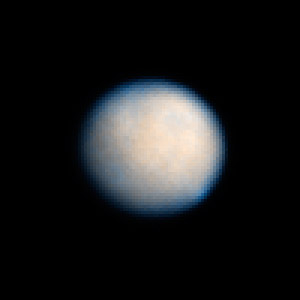 2004/01/24 02:52(UT)
2004/01/24 02:52(UT)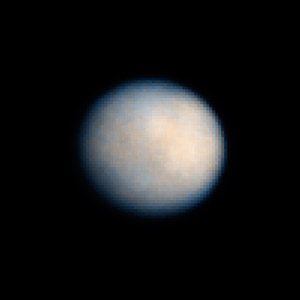 2004/01/24 03:27(UT)
2004/01/24 03:27(UT)
 ALPO-Japan Latest ALPO-Japan Latest

 Oplanets Section Oplanets Section
2005/10/03 [partial solar eclips][部分日食]
| 2005/06/27 [Close Venus-Mercury conjunction][水星と金星の接近]
| |